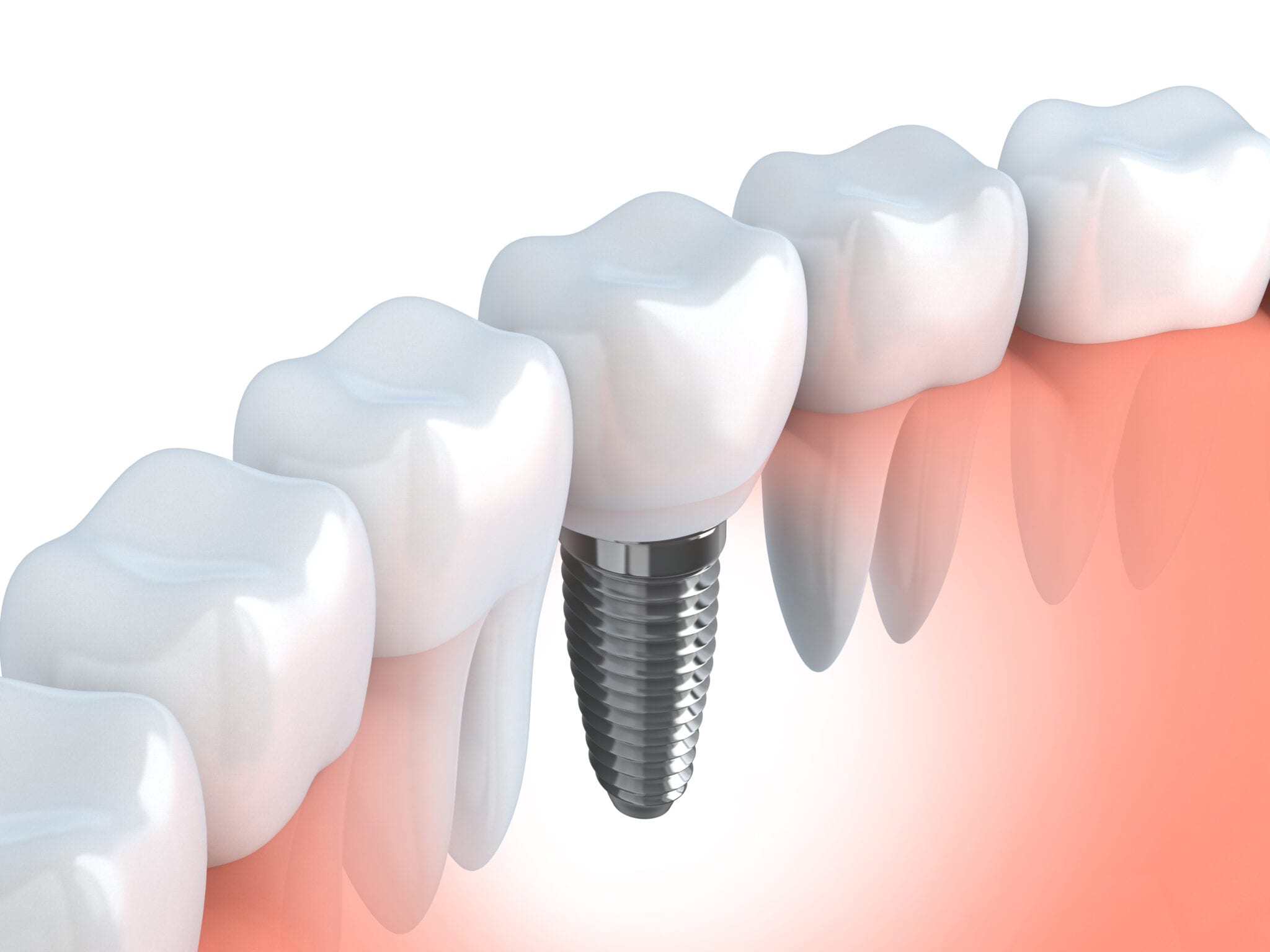
Trauma, gum disease, or decay can lead to tooth loss. If you have one or more missing teeth in a row, you have probably been considering replacement options. A dental bridge in Clinton, NJ could be the treatment option for you. At Walnut Pond Dental, our doctors offer both traditional and implant-supported bridges. How do you know which solution is the right one for you? Today, we will discuss the similarities and differences between the two, so you can make a well-informed decision.
About Traditional Dental Bridges
Traditional bridges have been used in dentistry for decades. Custom-made from a solid block of ceramic (or other high-quality dental material), bridges are comprised of two dental crowns with artificial teeth between them. Before the bridge can be placed, the natural teeth on either side of the space must be reduced so the restoration will fit properly.
Pros of Traditional Dental Bridges
A traditional bridge is an excellent choice for someone who is seeking a quick teeth replacement option. In many cases, this type of restoration can be fabricated in about one week. Traditional bridges are also a preferred option for those who are not good candidates for oral surgery due to medical complications.
Cons of Traditional Dental Bridges
While traditional bridges can be placed rather quickly, it is important to note that they last about 15 years on average with proper care. Additionally, because the natural teeth must be drilled in preparation, they can become more vulnerable to dental damage later on.
About Implant-Supported Dental Bridges
From a functional standpoint, an implant-supported bridge is virtually the same as its conventional counterpart. However, as the name suggests, these restorations are anchored to dental implants rather than the natural teeth. Dental implants are used to replace the roots of the missing teeth and are placed into the jawbone during an oral surgery procedure.
Pros of Implant-Supported Dental Bridges
Because implant-supported bridges are attached to dental implants, there is no need to drill the natural teeth. Therefore, this option helps patients keep healthy tooth structure intact. Because dental implants stimulate the jawbone just like natural teeth roots, they help preserve optimal bone density and volume. This means patients are less likely to experience bone atrophy over time, which is a common byproduct of tooth loss. Best of all, dental implants can last a lifetime with proper care. Therefore, when you select an implant-supported bridge, you are choosing the longest-lasting teeth replacement option available today.
Cons of Implant-Supported Bridges
Implant-supported bridges require an oral surgery procedure. They also require more healing time compared to traditional bridges. For example, implants must heal approximately three to six months before the restoration can be attached, lengthening your treatment timeline significantly. However, it is important to note that we will provide a temporary restoration in the meantime, so you will never have to live with a gap in your smile during the healing process.
Other Considerations
Dental bridges are most often recommended when a patient is missing one to three consecutive teeth. If you are missing more than that, alternative options may be recommended for optimal predictability. Additionally, if you only have one missing tooth, a single dental implant often offers the most conservative, long-lasting outcome. During your consultation at our practice, we will help you determine the most effective treatment plan for your situation.
Learn More about Dental Bridges
When you are missing teeth, it affects your oral health and function, as well as your confidence. At Walnut Pond, we can help restore your smile and your quality of life. Learn more about a dental bridge in Clinton, NJ. You can schedule an appointment with our doctors by calling (908) 200-7007 or by contacting us online.






